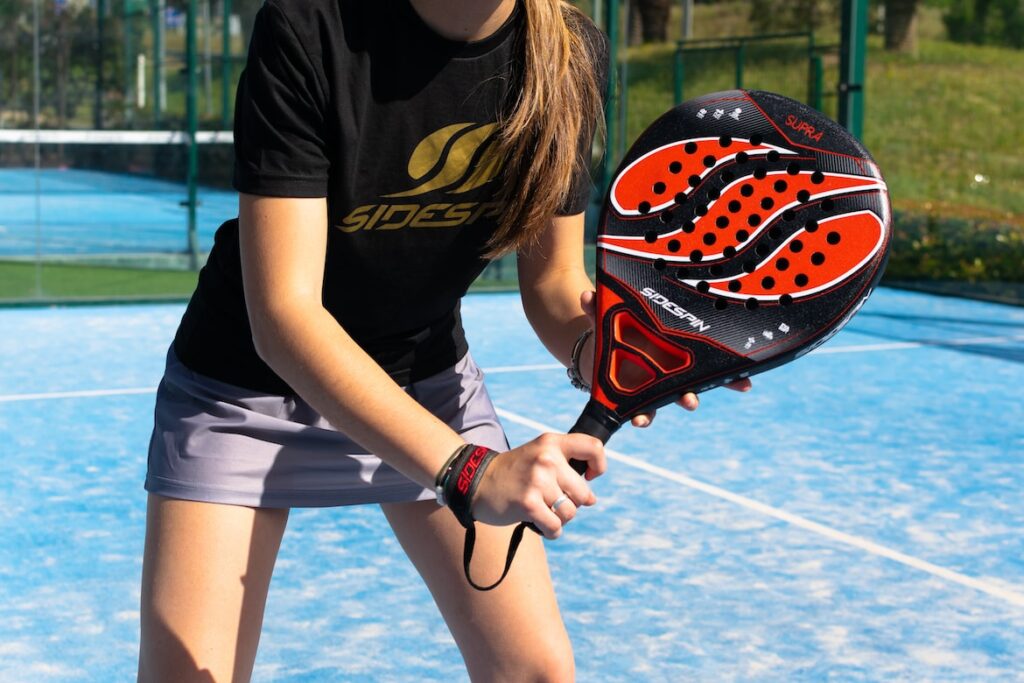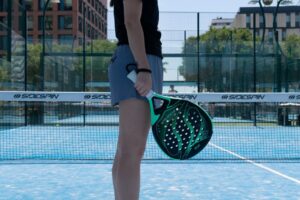Mastering the Rules: How to Identify a Fault in Padel
3 min read
Mastering the Rules: How to Identify a Fault in Padel
Greetings, fellow padel enthusiasts! Today, we are diving into the world of padel rules, particularly the all-important concept of fault. As a padel expert, I understand the significance of knowing the ins and outs of the game. So, let’s explore what a fault in padel is, how to identify one, and some tips to avoid committing them.
What is a Fault in Padel?
A fault in padel refers to any violation of the established rules during gameplay. When players fail to comply with these regulations, a fault is called, resulting in the opponent being awarded a point. Understanding what constitutes a fault is crucial to avoid losing points unnecessarily and to maintain a fair game.
Identifying a Fault
Identifying a fault can sometimes be challenging, but fear not! I’m here to guide you through the most common situations where faults occur in padel. By familiarizing yourself with these scenarios, you’ll be able to effortlessly spot a fault.
1. Service Faults
The serve is a fundamental aspect of padel and can often be the starting point for a fault. Service faults occur when the serving player:
- Doesn’t hit the ball within the allowed service zone, which extends from the server’s lateral line to the center of the padel court.
- Misses the ball while attempting to serve.
- Commits a foot fault by stepping on or beyond the serving line before hitting the ball.
- Performs an underarm serve, known as an “underhand serve,” which is not allowed.
It’s crucial to stay within the boundaries and follow the correct technique to prevent these common service faults.
2. Hitting a Faulty Ball
Another situation that often results in a fault is hitting a ball that is deemed faulty. These are balls that:
- Exit the padel court before bouncing on the ground.
- Touch any part of the fencing or netting surrounding the court without bouncing.
- Hit the metal structure that supports the roof of an indoor padel court.
Be vigilant and avoid hitting these faulty balls to ensure you don’t commit a fault. Remember, your opponent won’t give up an opportunity to score!
3. Interfering with Opponents
The padel court should be a fair and sportsmanlike environment. Thus, interfering with your opponents is considered a fault. Interference can occur by:
- Talking or making noise while your opponents are about to hit the ball.
- Creating distractions that impede your opponents’ ability to play effectively.
- Touching the net or crossing on your opponent’s side during play.
Remember, fair play is the bedrock of padel, so respect your opponents and avoid any actions that may disrupt their gameplay.
Tips to Avoid Committing Faults
Now that we’ve uncovered the mysteries of faults in padel, let’s discuss some practical tips to help you avoid committing them:
1. Practice Serving Technique
Master the correct service technique by practicing consistently. Focus on hitting the ball within the service zone, maintaining your balance, and avoiding foot faults. With practice, these skills will become second nature, significantly reducing your chances of committing a service fault.
2. Stay Focused
Concentration is key during a padel match. Maintain your focus by avoiding distractions, both on and off the court. This will help you avoid interfering with your opponents and prevent unnecessary faults.
3. Know the Rules Inside Out
Educate yourself on the padel rules and stay up to date with any changes. Having a solid understanding of the regulations will give you a competitive edge, minimizing the chances of committing a fault due to a lack of knowledge.
With these tips in mind, you’ll be well on your way to mastering the art of fault-free padel!
In Conclusion
Understanding what constitutes a fault in padel is crucial for any serious player. By familiarizing yourself with the common scenarios where faults occur, you’ll be able to effortlessly identify them during gameplay. Remember to practice your technique, stay focused, and respect the rules for a fault-free padel experience. Now, grab your racket, hit the court, and enjoy the exhilarating sport that is padel!







